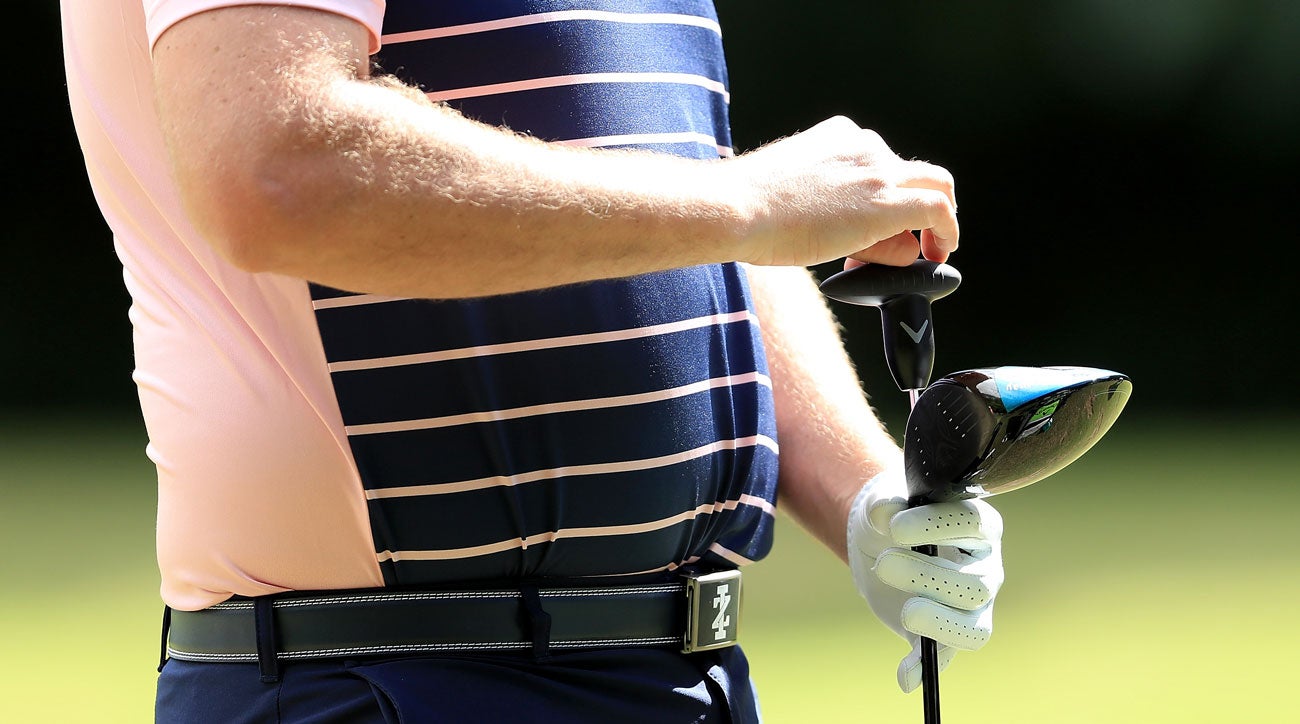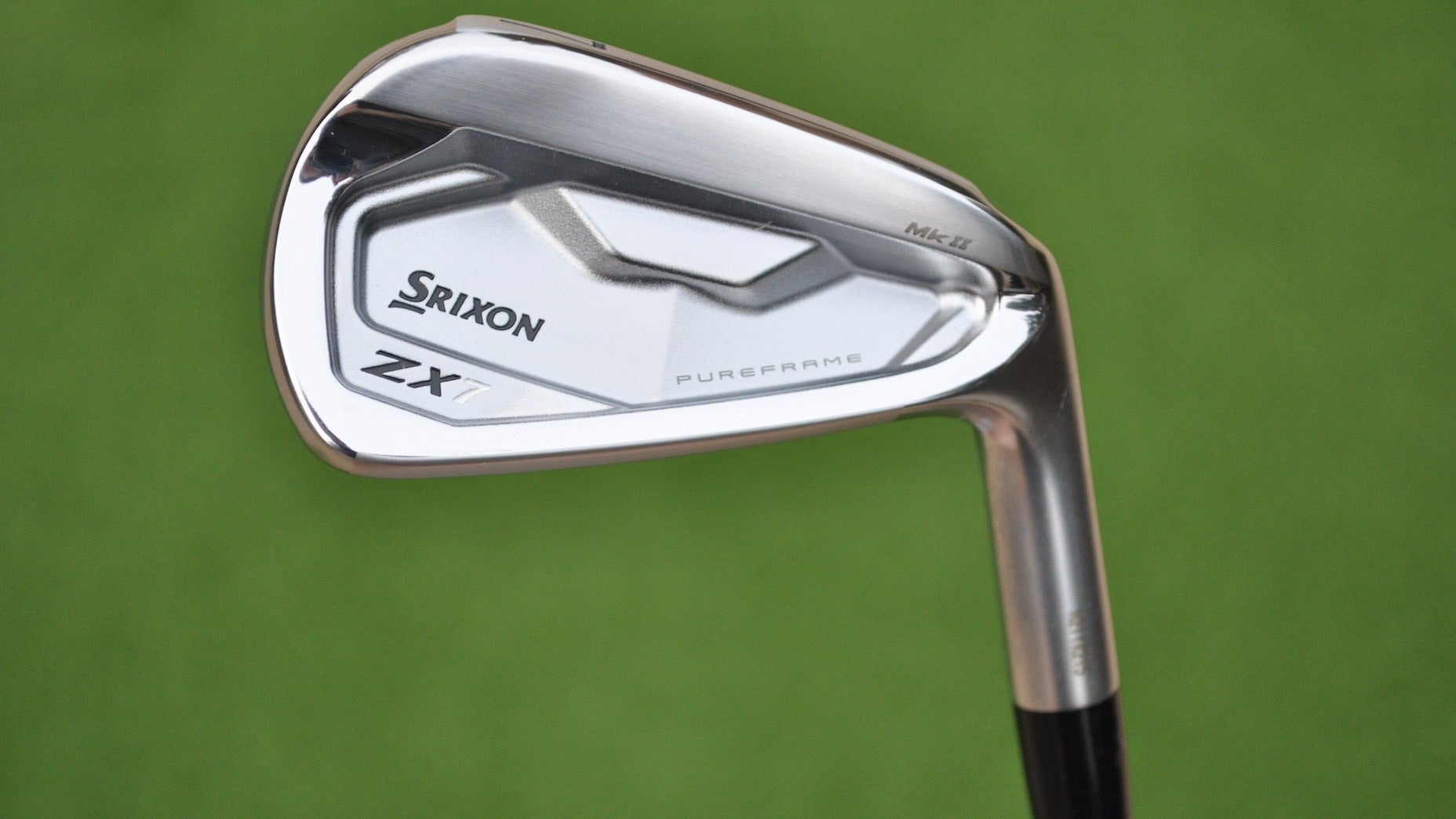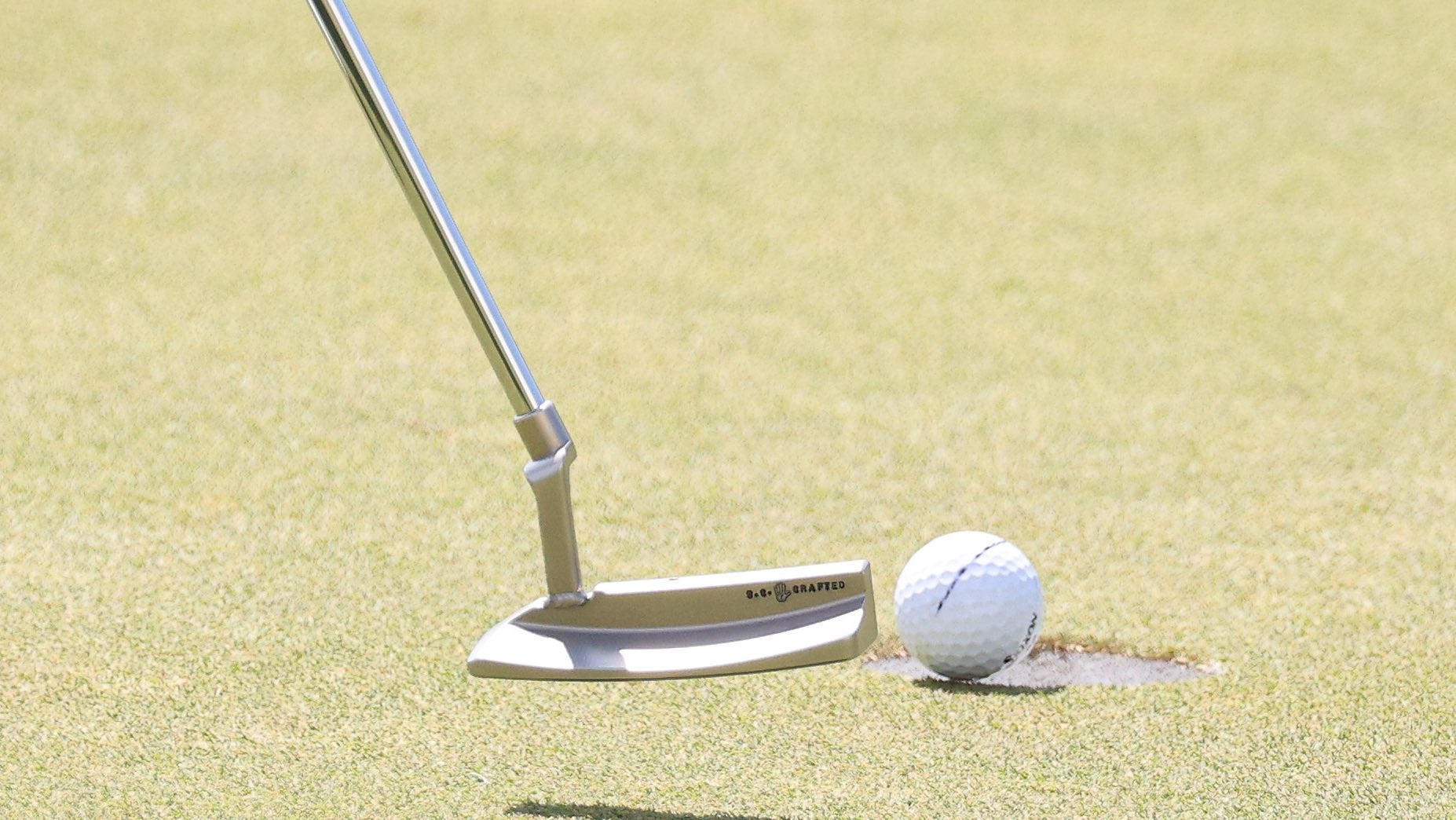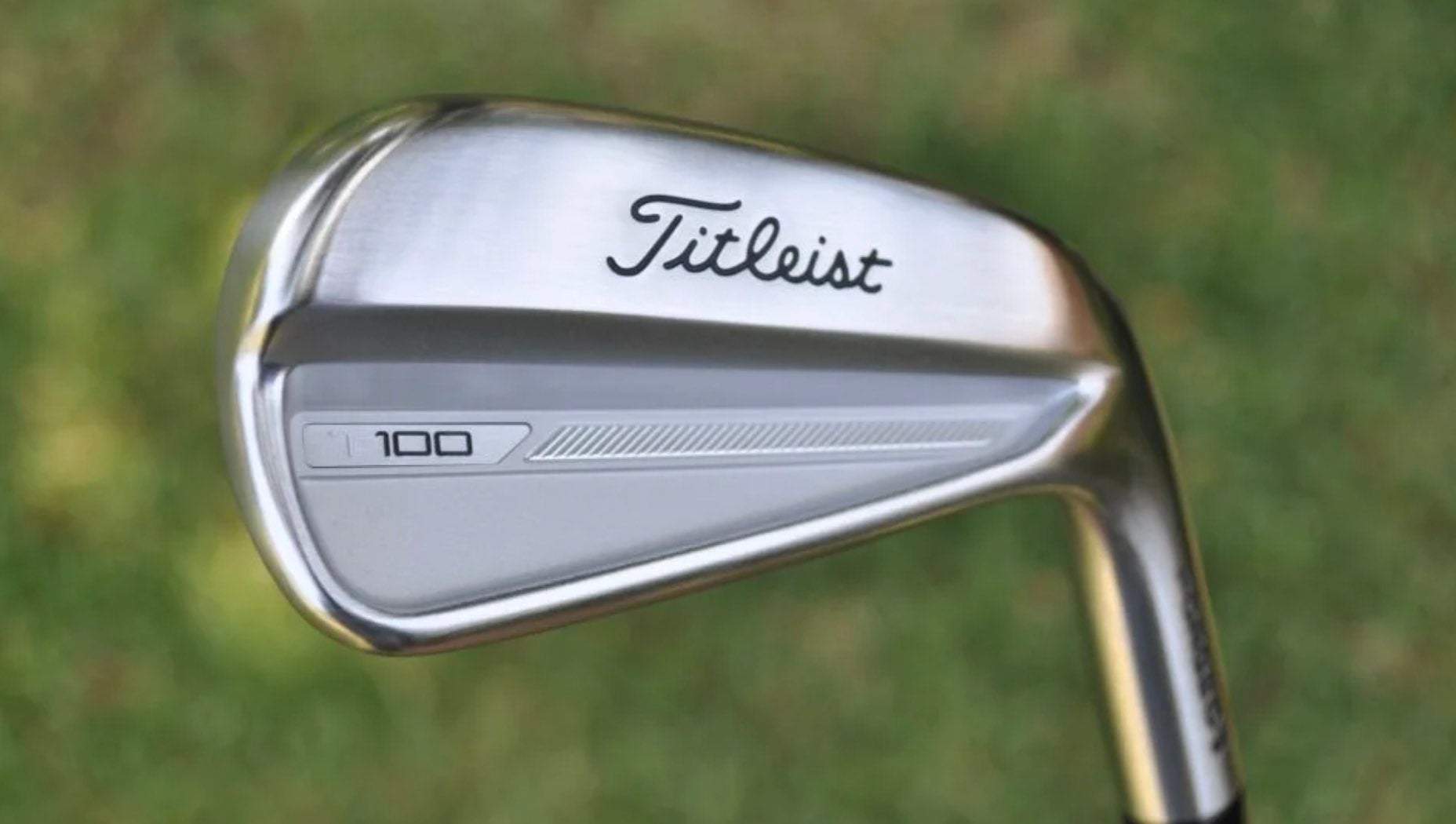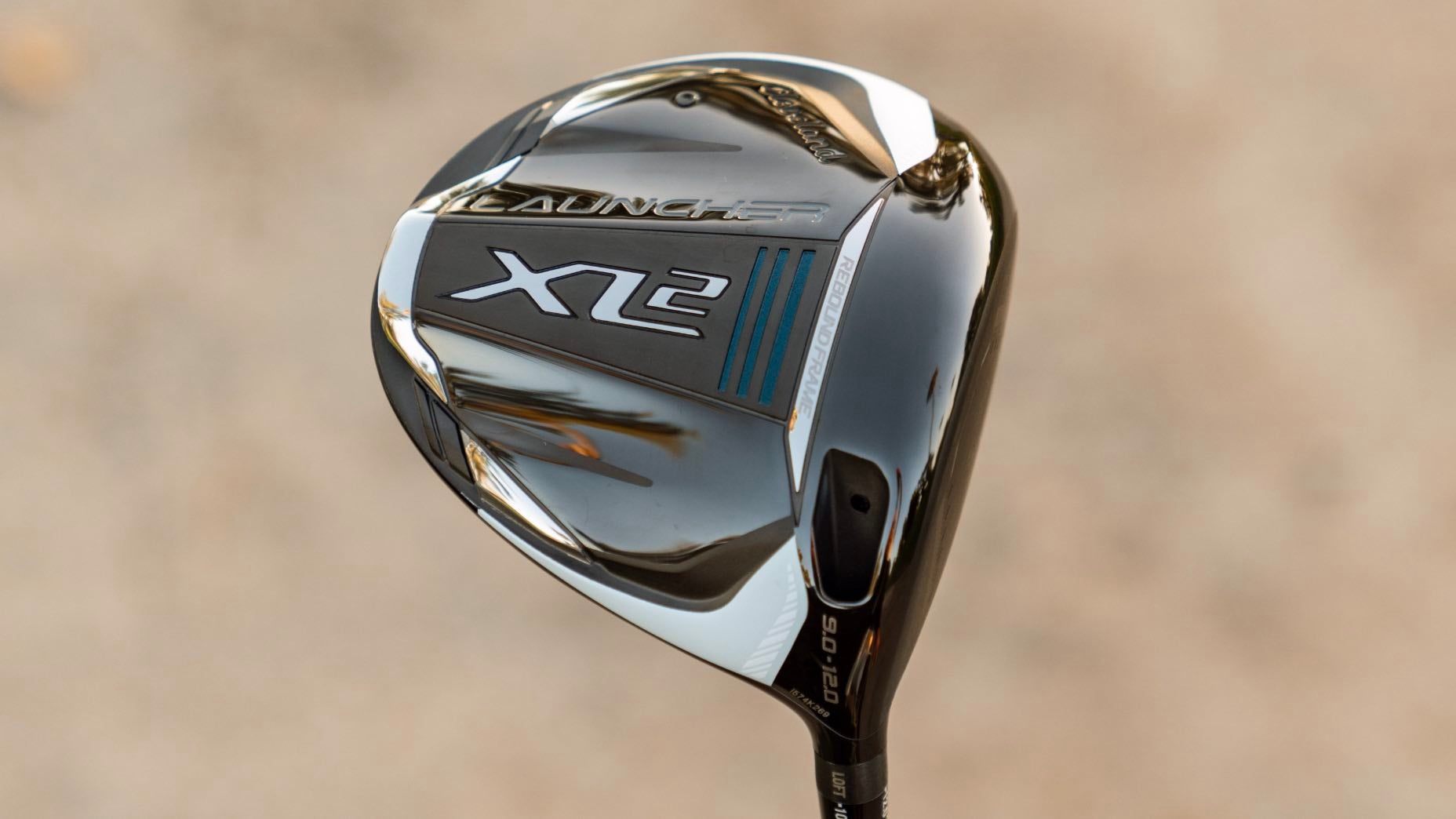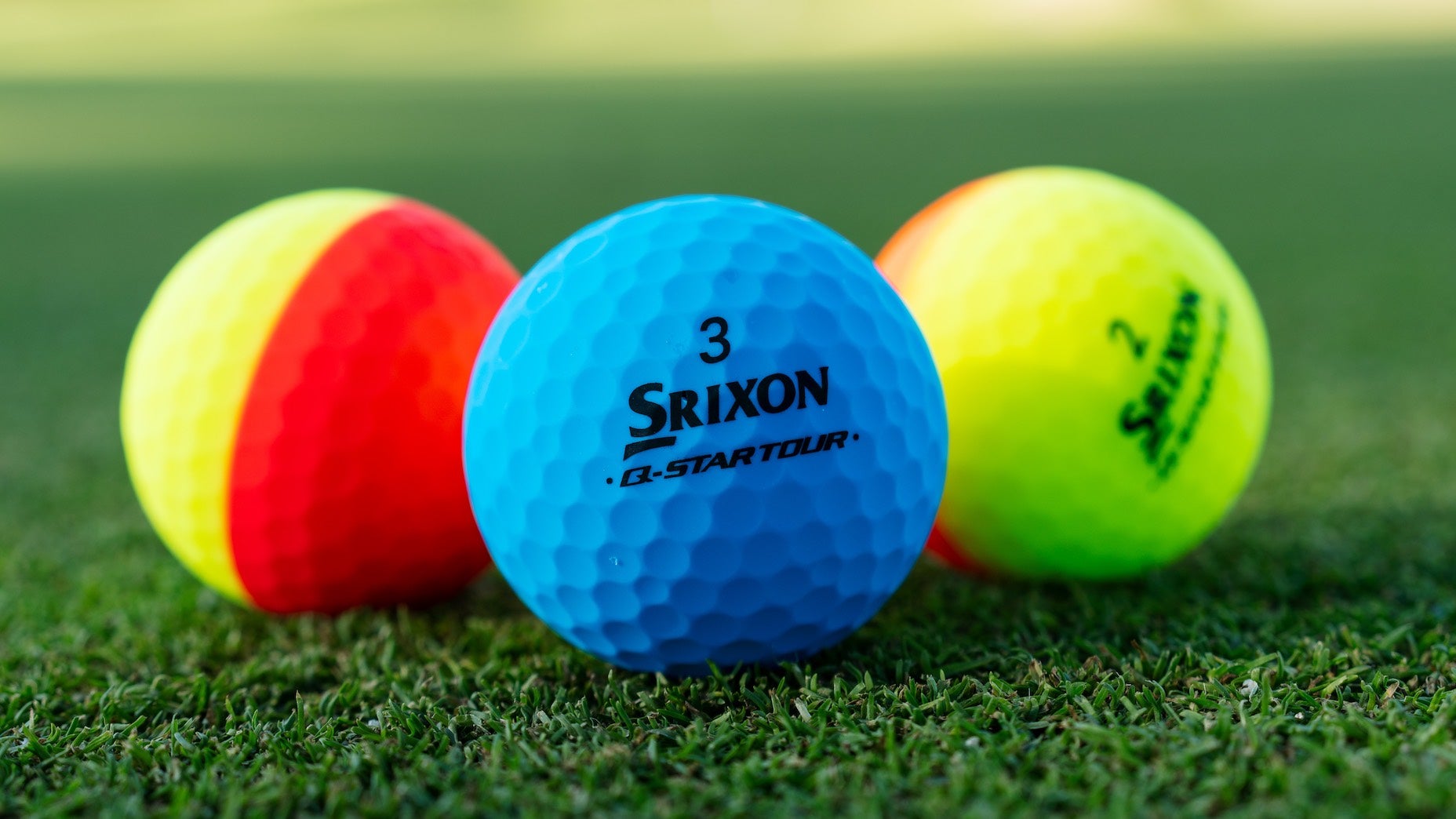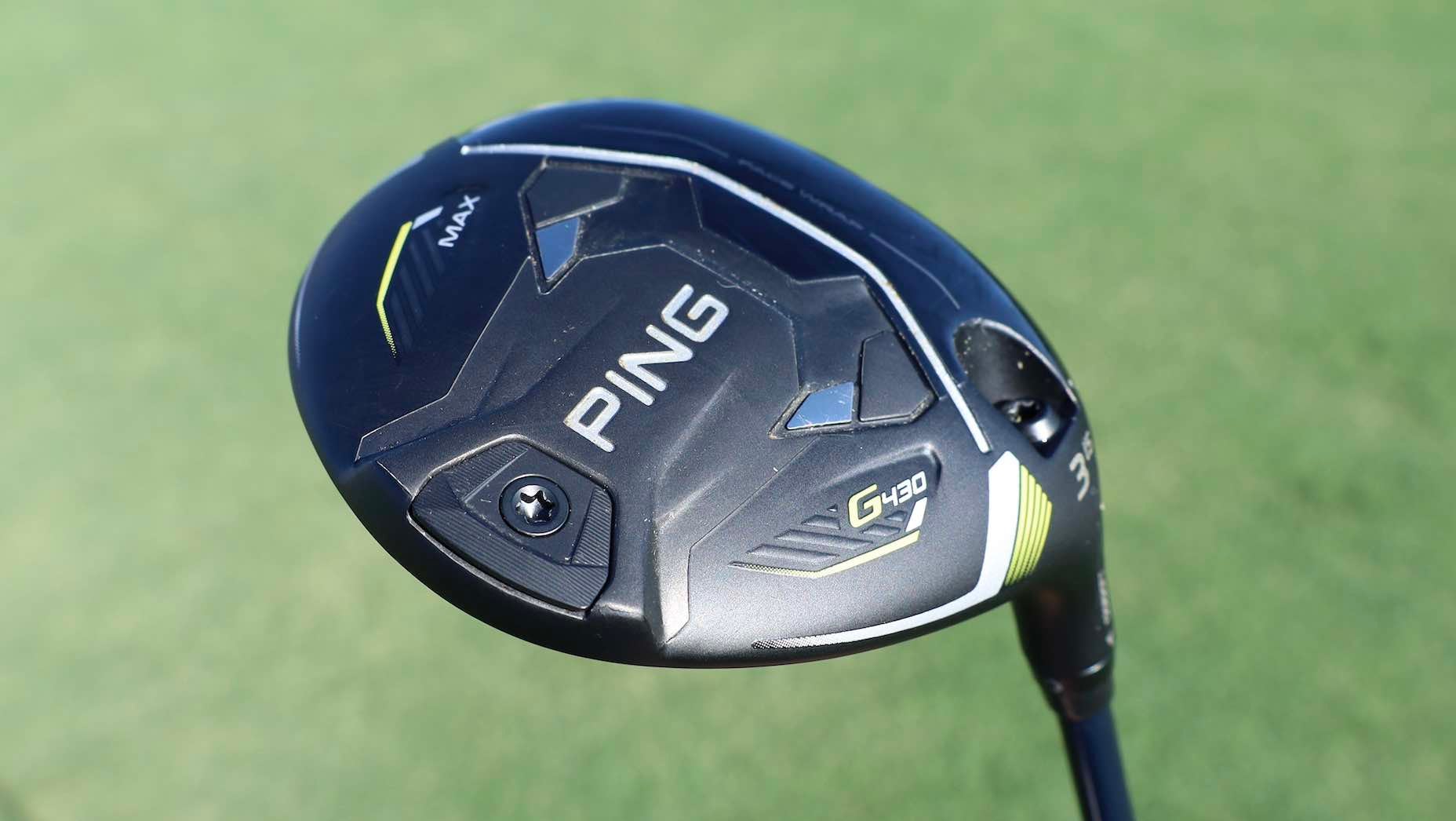Welcome to Gear Questions You’re Afraid to Ask, a GOLF.com series produced in partnership with Cleveland/Srixon Golf. This week we cover what gear tweaks you should make to play better for the remainder of the season.
My game has been going in the right direction but I still feel like there is more to gain with how I am swinging the club, what are some potential gear tweaks I should make to play better for the rest of the summer? – Marc
Hard to believe we’re less than two weeks from July, but here we are approaching the middle of the golf season. For many of you, that means it might be time to assess what is and isn’t working in your golf bag.
To assist you, we’ve compiled a short list of signs that point to a mid-season adjustment. Let’s go:
Inconsistent driver performance
Dealing with an inconsistent driver is a drag, particularly when you’re uncertain about which direction the ball is going. Apart from potential swing issues, an erratic shot pattern with the driver might indicate a poorly fitted club for your swing. The shaft is often the culprit, being either too weak or too stiff for your tempo. Alternatively, the loft and face angle of your clubhead might be incorrect as well. Consulting a local club fitter can help you resolve these issues and enhance your miss hits, rather than improving your already great shots.

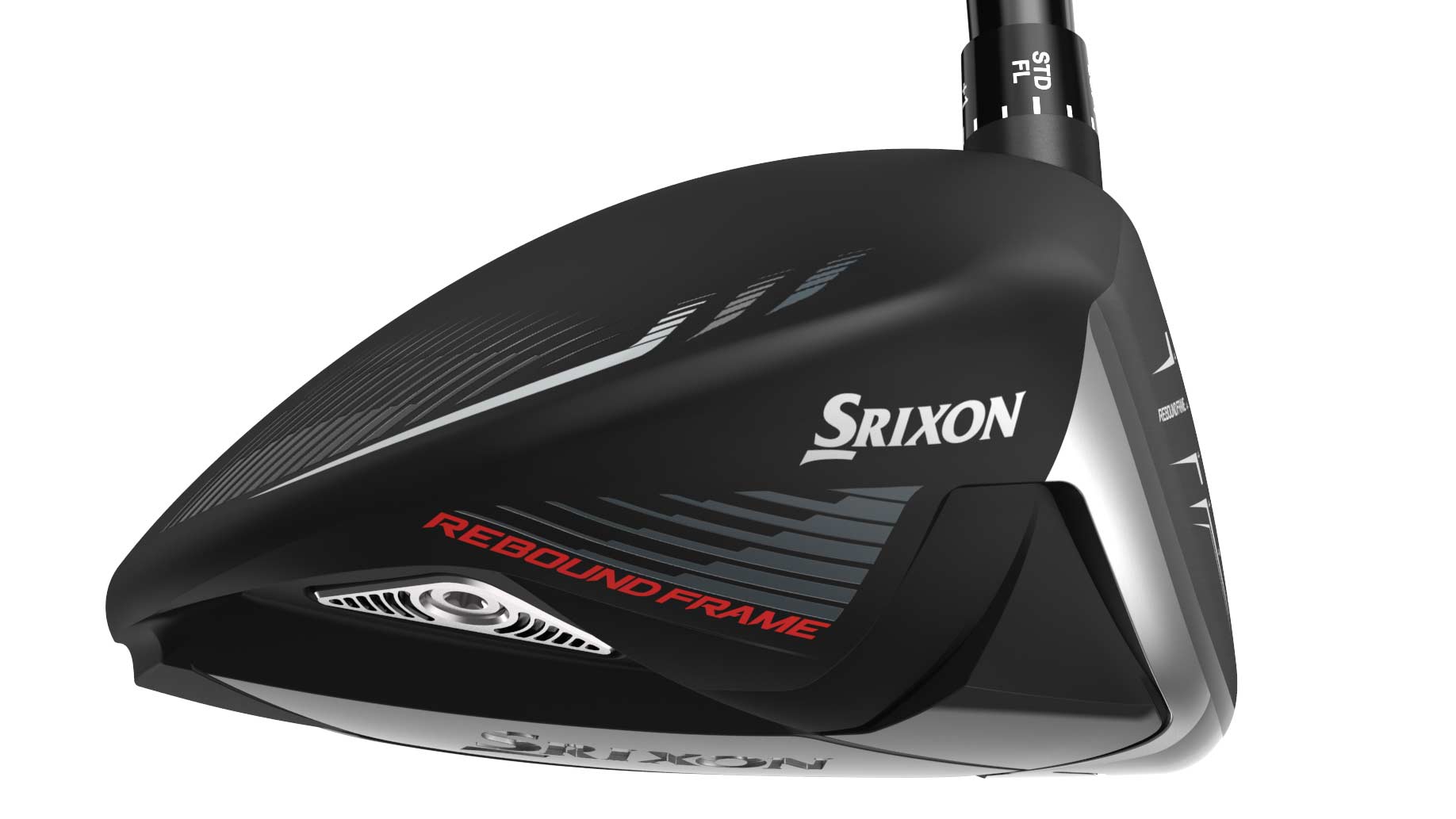
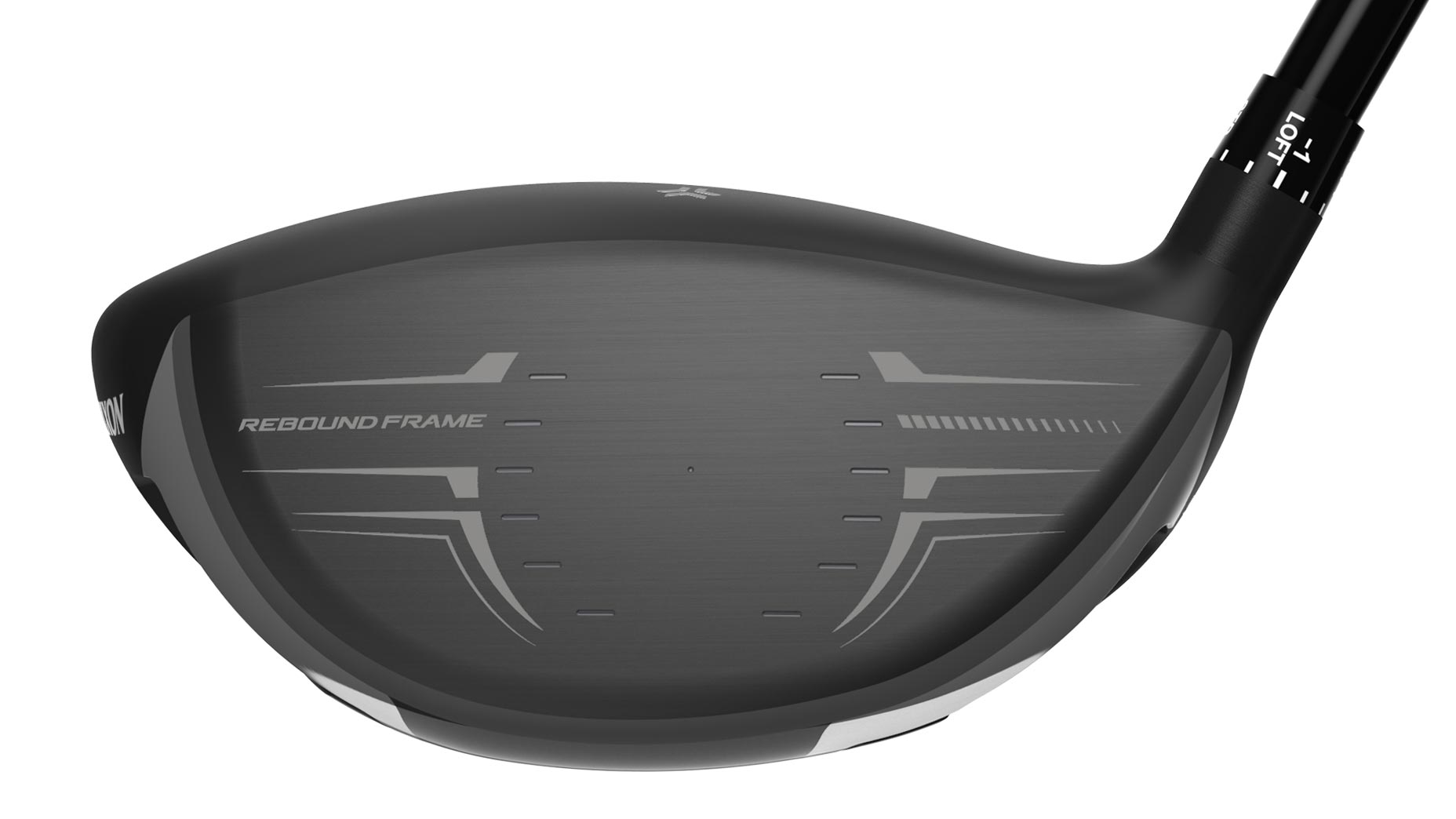
Srixon ZX7 MKII
Regripping mid-swing
Has your local pro pointed out that you’re adjusting your grip during your swing? Many golfers may not be aware of it, but fluctuating grip pressure throughout the swing can cause the club to twist or slip at different points. The obvious solution is to get a new grip with enhanced traction, but the real issue could lie in the diameter of your grips, which might be too big or too small. If you find the grip uncomfortable, consider trying a larger or smaller grip to see if it prevents you from re-gripping the club mid-swing.
Difficulty holding greens
Not everyone can execute chips like Wyndham Clark did at the US Open. However, if you feel that your wedge grooves have lost their bite and the ball isn’t sticking the landing, it might be time to upgrade your wedges. While it’s true that spin depends on grooves, technique and ability — a fresh wedge face can certainly help improve your short-game performance.
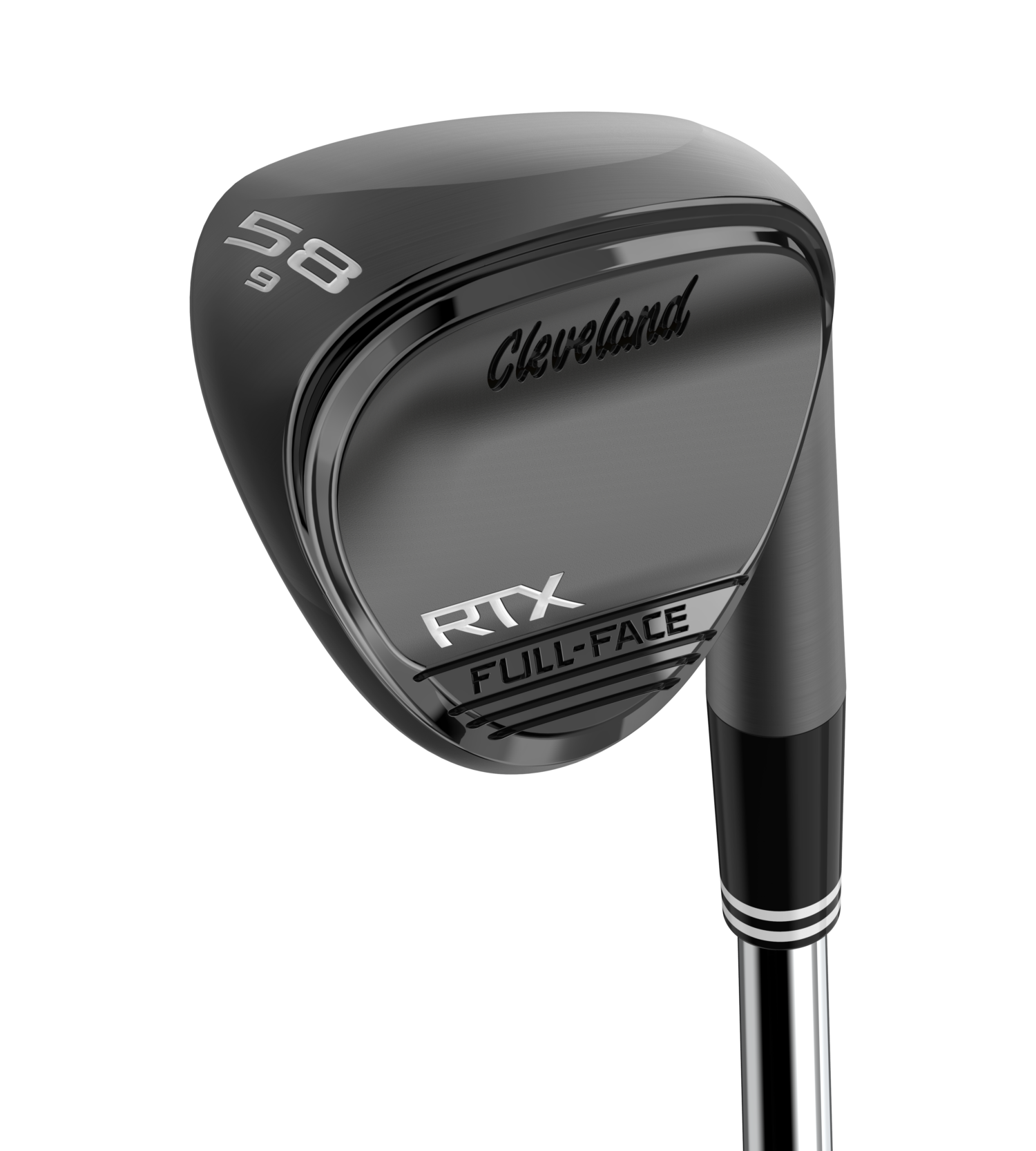

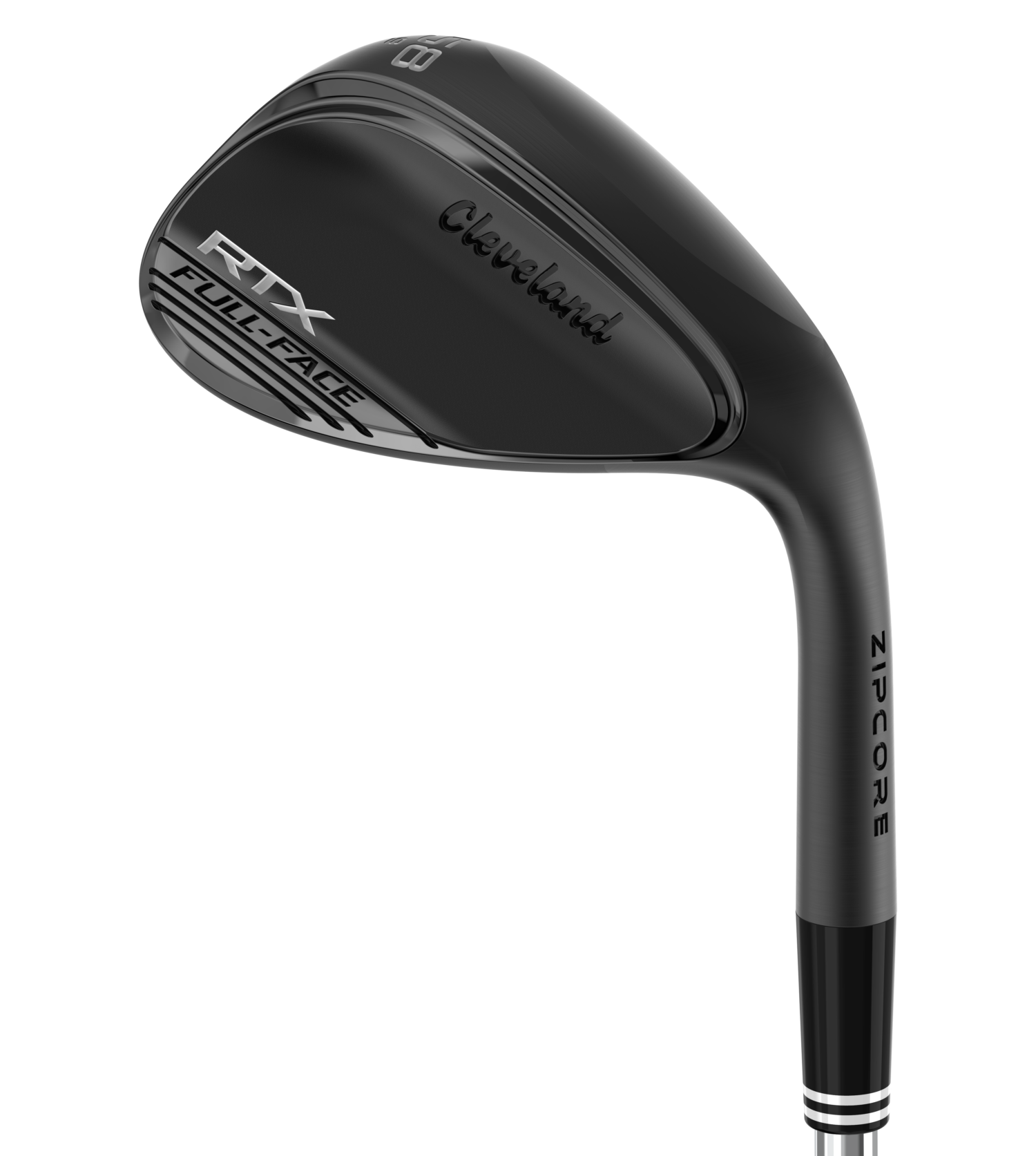
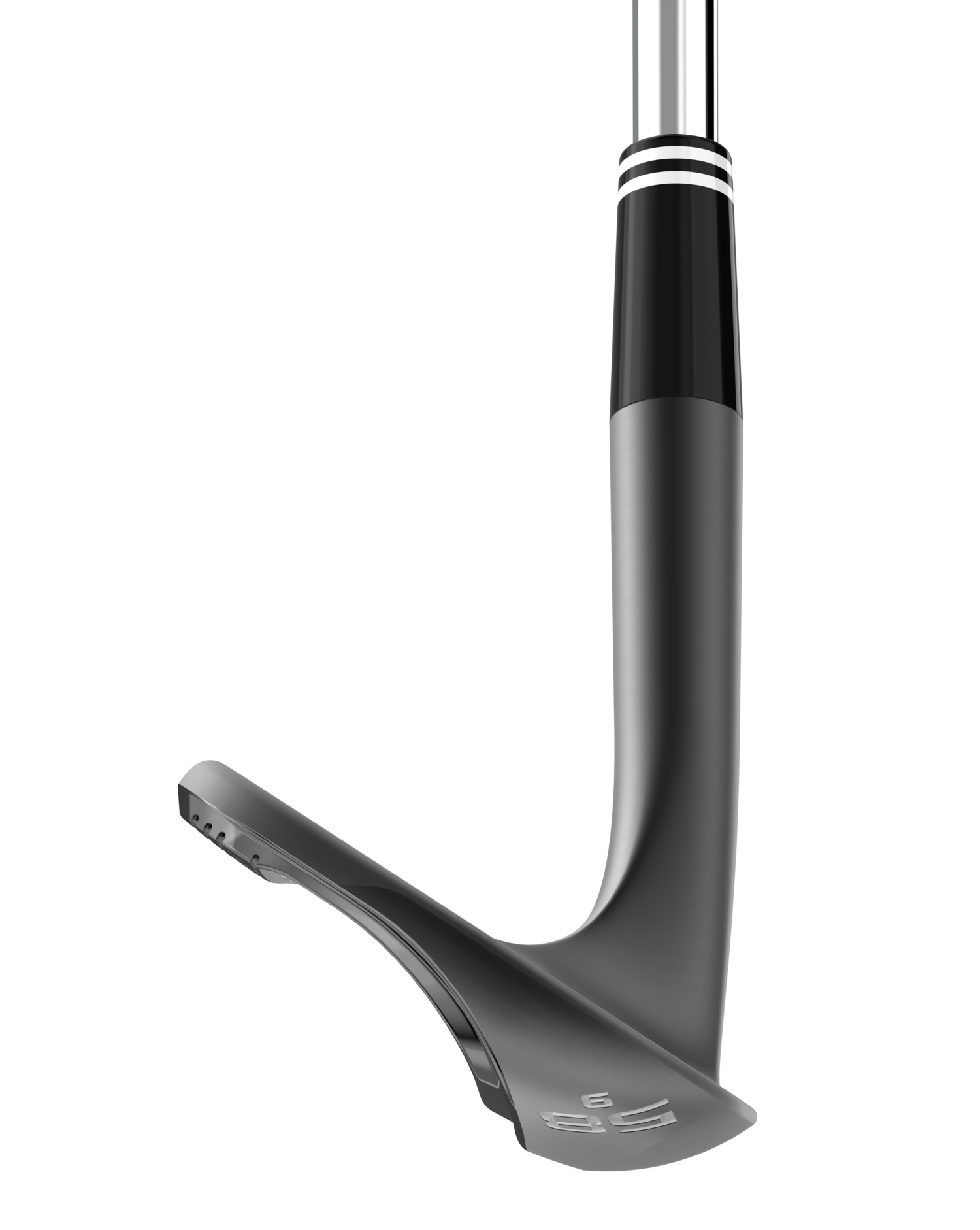
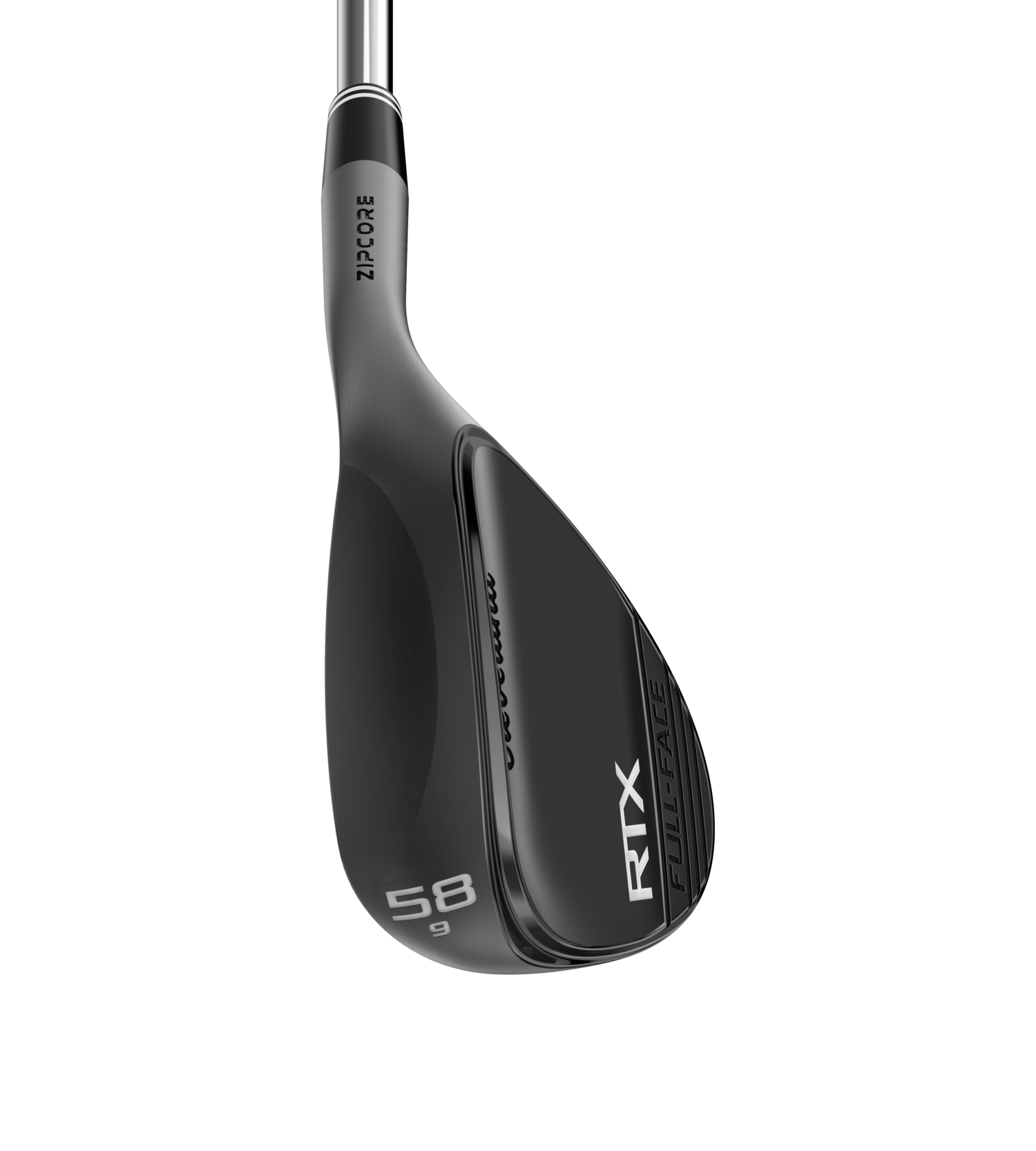
Cleveland RTX Full-Face Black Satin Wedge
A simple test is to hold your wedge in your palm and scrape your nails across the grooves with your other hand. If they’re grabbing your nails, you’re good. If your nails slide right over the grooves with no grabbing, it’s time to upgrade.
Also, don’t forget that high-performance urethane golf balls will generate more spin and stopping power too!
Neglected long irons
By now, after playing enough rounds this season, it’s time to be honest with yourself: How often do you actually use that 3-iron or 4-iron? If you use them only once or twice in a dozen rounds, it might be worth considering swapping out your long iron(s) for a hybrid or higher lofted fairway wood. Alternatively, you could remove a long iron from your bag and add an extra wedge in its place.
Cold putter
If you feel like you’ve been missing too many putts, the issue might not be with your technique but rather with your putter itself. The first step in selecting a putter is to choose a model that aligns with your stroke type. If you have an arcing stroke, a putter with more toe hang or one that isn’t face-balanced might be more suitable for you.
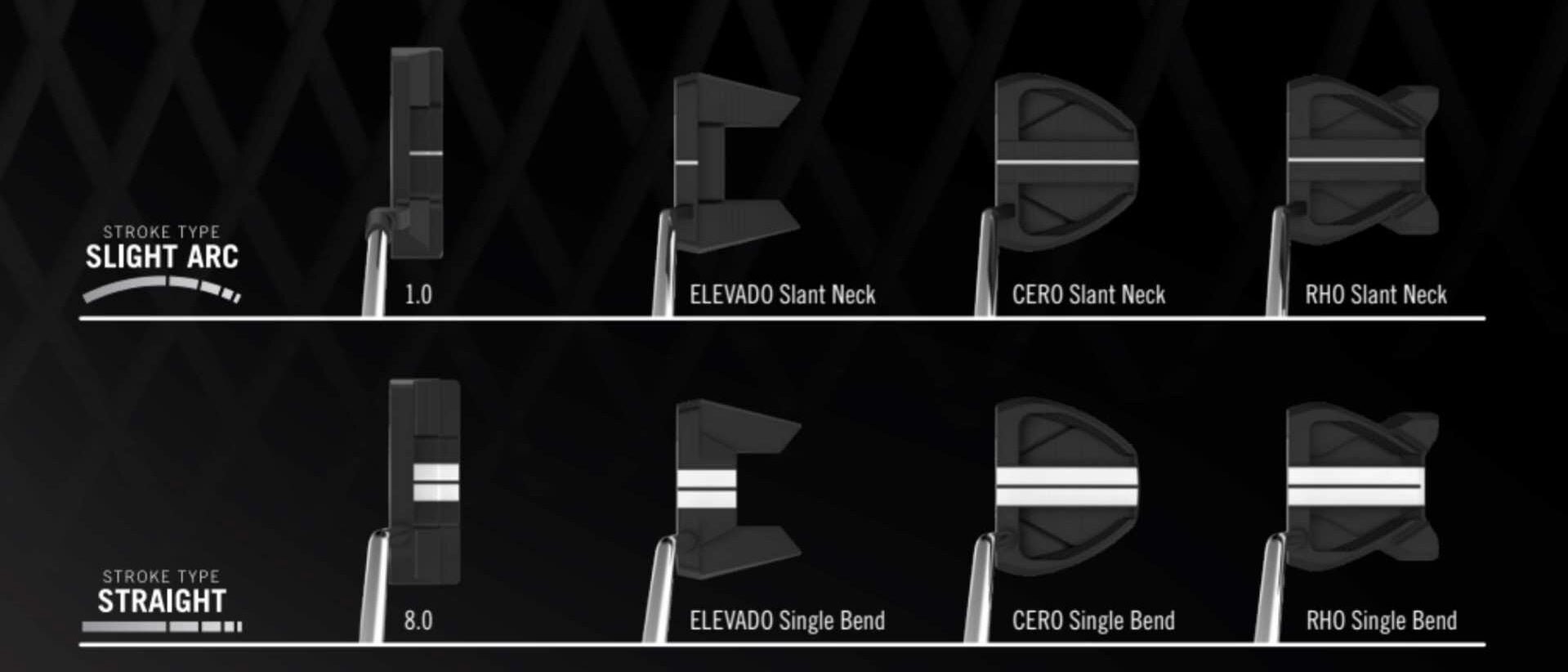
On the other hand, if you have little to no arc, a face-balanced putter might be a better fit. Other factors to consider include shaft orientation, head shape, alignment aids, length, grip types, and more. Remember, your favorite player’s putter may work great for them and look great in your hands, but it could be a poor match for your putting stroke.
Lastly, consider experimenting with different golf balls during mid-season practice or casual rounds.
Even if you have a preferred ball, it’s worth trying something different that may offer more benefits where you need them. This doesn’t mean switching from a 2-piece to a 4-piece ball or changing from a Surlyn cover to a Urethane one. Instead, consider exploring different options within the same ball family and evaluate if they perform better or worse for you.
Implementing mid-season adjustments like the ones mentioned above might help you get back on track and achieve lower scores. Remember, if possible, to seek guidance from your local club fitter. They’re experts for a reason, and whether you’re a high handicapper or a scratch golfer, they can find something to help you play better.
Want to overhaul your bag for 2023? Find a fitting location near you at True Spec Golf.
